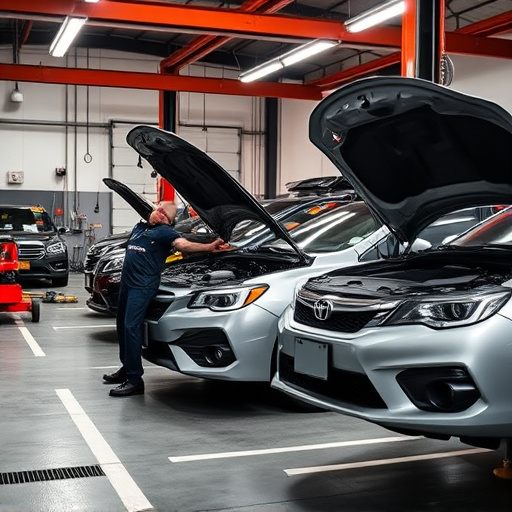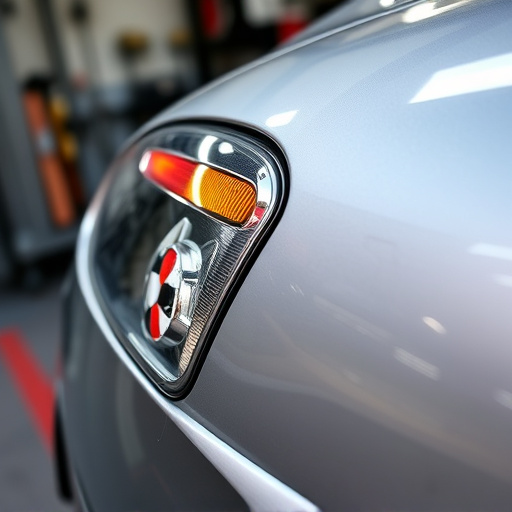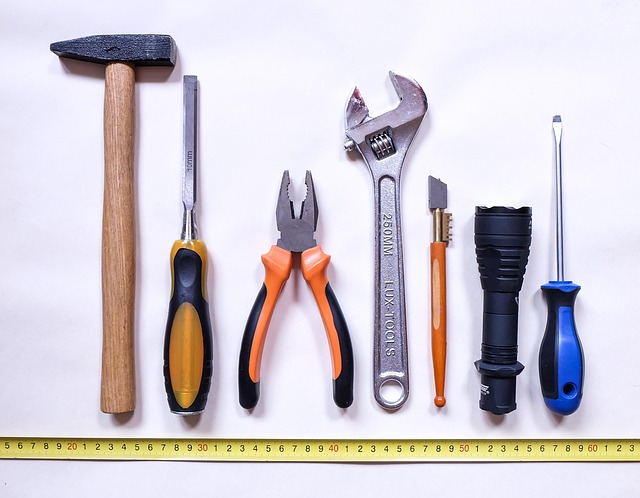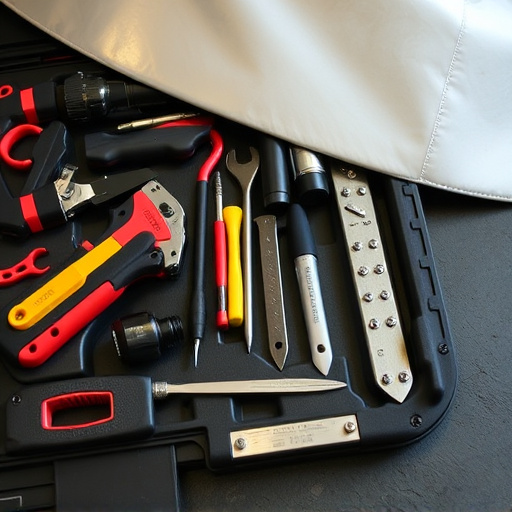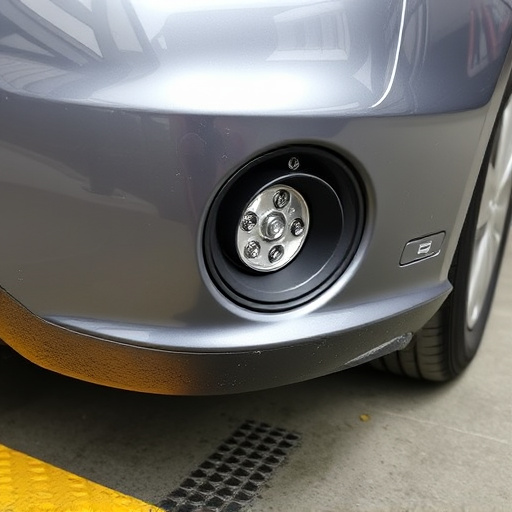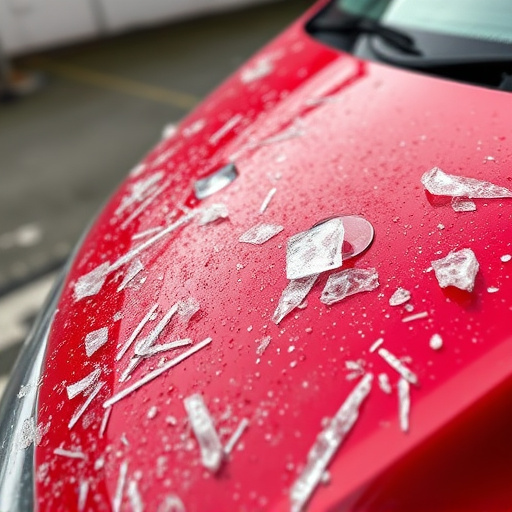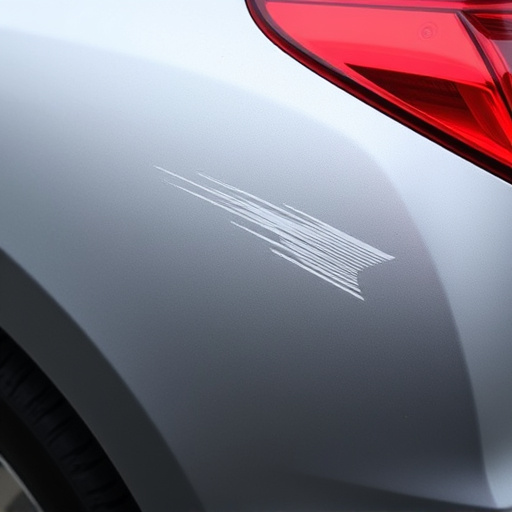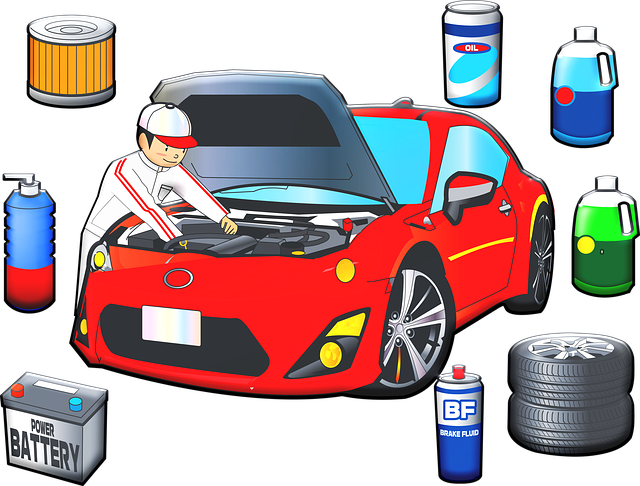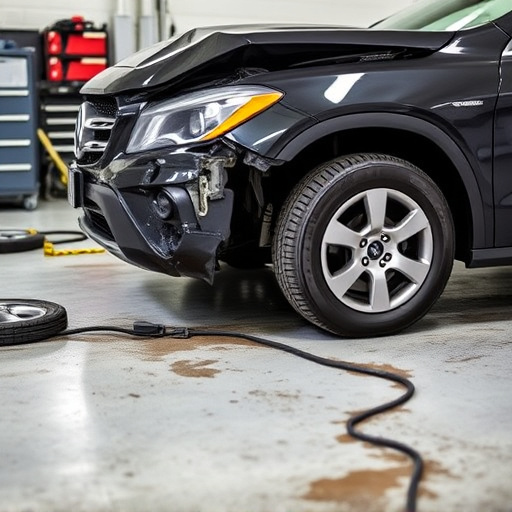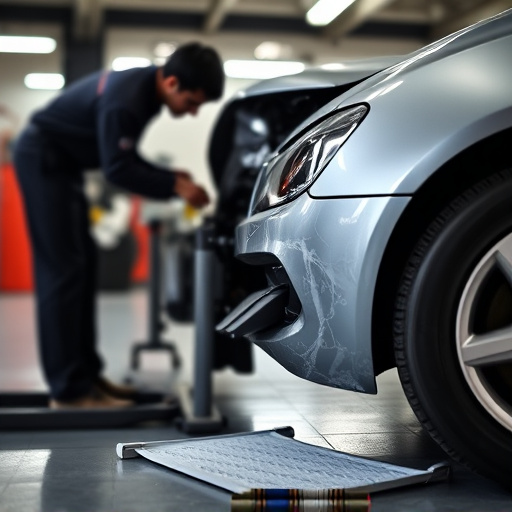Pay close attention to bodywork issues during vehicle delivery inspections, addressing transit damage or pre-existing conditions promptly. Keep necessary documents and repair records readily available to demonstrate your commitment to safety and upkeep. If failed, don't be discouraged; take action, fix issues, and schedule a retest for a smooth delivery process. Proper maintenance and timely repairs ensure both safety and vehicle value.
Facing a failed vehicle delivery inspection can be frustrating, but it’s manageable. Understanding common failure reasons is key—from mechanical issues to documentation errors. This guide breaks down the process, helping you navigate post-inspection challenges effectively. Learn how to gather essential documents, implement necessary repairs, and ultimately pass the retest with flying colors.
Master these steps for a smooth vehicle delivery experience.
- Understand the Inspection Failure Reasons
- Gather Necessary Documents
- Take Corrective Actions and Retest
Understand the Inspection Failure Reasons
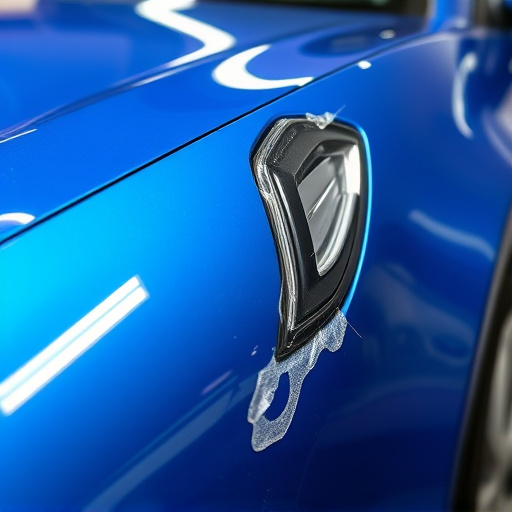
When failing a vehicle delivery inspection, it’s crucial to understand what areas of your car were deemed insufficient. Common reasons for failure can include issues with vehicle bodywork, such as dents, scratches, or misalignments, which may be the result of transit damage during shipping or pre-existing conditions. Additionally, problems with car collision repair or vehicle paint repair might come into play, reflecting poor maintenance or earlier accidents that haven’t been adequately addressed.
Recognizing these failure points is essential for taking corrective actions. For instance, if issues revolve around bodywork, you may need to arrange for a detailed inspection and subsequent repairs, focusing on both cosmetic enhancements and structural integrity. Prompt attention to these matters not only ensures a smoother delivery process but also guarantees that your vehicle is in optimal condition upon arrival.
Gather Necessary Documents

When facing a failed vehicle delivery inspection, one of the first steps is to ensure all necessary documents are in order. This includes registration papers, proof of insurance, and any maintenance records. It’s also wise to gather documentation related to recent repairs or services, such as car bodywork repairs, auto repair work, or even minor fixes like dent removal. Having these records readily available can streamline the process and demonstrate your commitment to maintaining a safe vehicle.
Additionally, keep in hand any guarantees or service receipts from professionals who have performed work on your vehicle. This documentation is crucial when addressing any issues raised during the inspection. Proactive preparation will not only facilitate a smoother resolution but also showcase your responsibility as a vehicle owner.
Take Corrective Actions and Retest
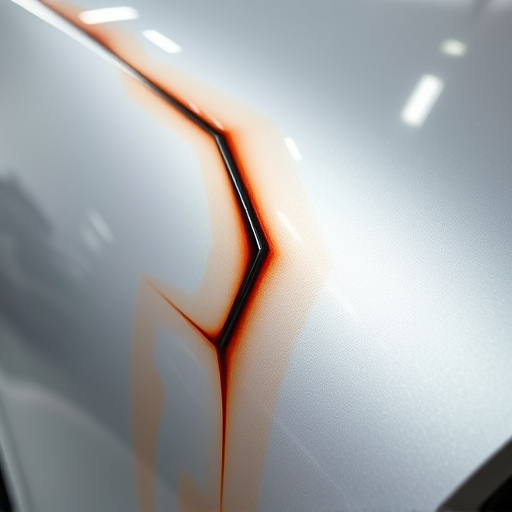
If your vehicle fails the delivery inspection, don’t despair. It’s an opportunity to address any issues and ensure your car is safe and roadworthy. Take immediate corrective actions by identifying and fixing the problems noted during the inspection. This may involve taking it to a trusted vehicle body shop or performing simple repairs yourself if you’re comfortable with auto body repair. Once the necessary fixes are made, schedule a retest as soon as possible.
During the retest, demonstrate that you’ve rectified the issues. A passed inspection means your vehicle is now ready for delivery, ensuring a smooth transition from the seller to the buyer. Remember, proper maintenance and timely repairs are crucial not just for your safety but also for the preservation of value in your automobile, whether it’s an automotive collision repair or simple auto body repair.
If your vehicle delivery inspection fails, don’t panic. By understanding the common reasons for failure, gathering all necessary documents, and taking prompt corrective actions, you can ensure a smooth retest process. Remember, addressing any issues early on is key to passing the next attempt and successfully delivering your vehicle without delay. Stay calm, be prepared, and focus on getting your vehicle back on track for successful delivery.
